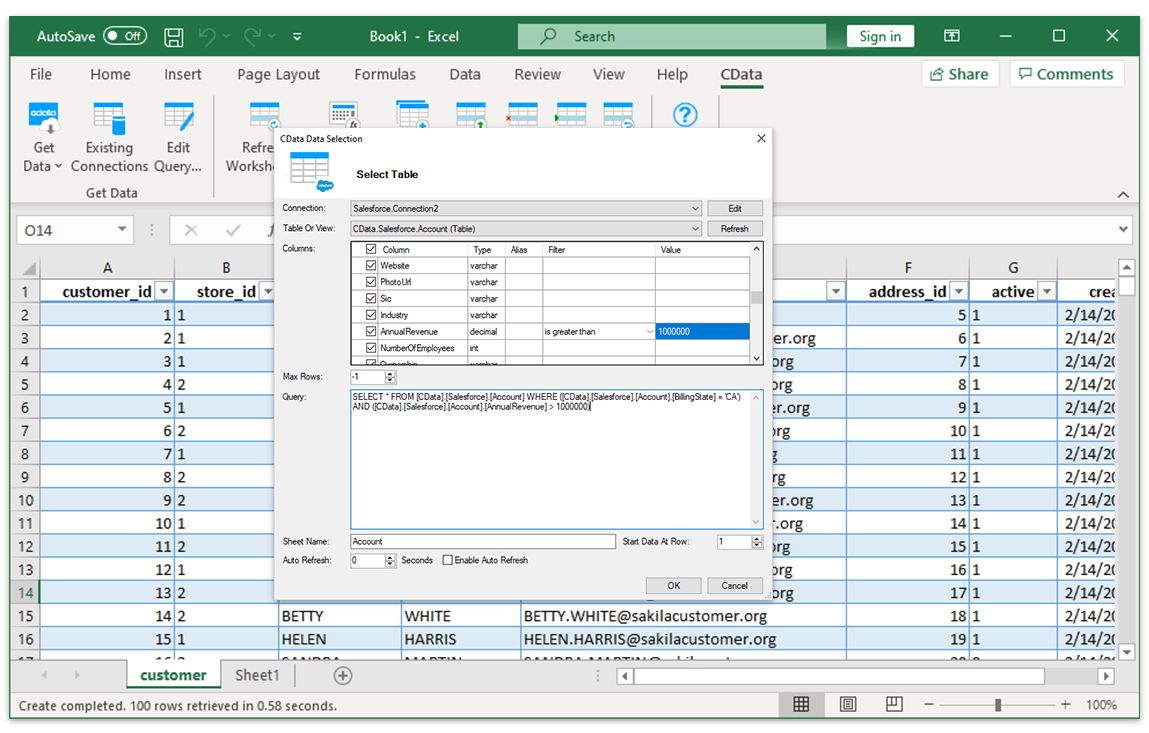

You cannot import codes and scripts as you would with R, so you’ll have to “reinvent the wheel” to perform the same analysis across different data sets. Since Excel’s user interface is point-and-click, you’ll need to rely on memory and repetition frequently. This can be incredibly helpful for large projects with multiple data sets, as you’ll keep everything consistent and clean, without having to rewrite the script each time. R, while less user-friendly with a more intimidating user interface, has the capability to reproduce analyses repeatedly and with very different datasets. Luckily, using R can quickly become second-nature with practice. It will take most at least a few weeks to familiarize themselves with the interface and master the various functions. R is a programming language, however, meaning the initial learning curve is steeper. Once a user imports their data into the program, it’s not exceedingly hard to make basic graphs and charts. That’s one substantial benefit of using Excel-the initial learning curve is quite minimal, and most analysis can be done via point-and-click on the top panel. Most people have likely already learned at least a few basic tips in Microsoft Excel. Here are some key differences between R and Excel to help you decide which makes the most sense to use. When choosing between R and Excel, it’s important to understand how either software can get you the results you need. Read on to learn more about their unique features and which is the better tool to help you solve your current data analysis problems.ĭownload Our Free Guide to Breaking Into AnalyticsĪ guide to what you need to know, from the industry’s most popular positions to today’s sought-after data skills. R has many advanced functions and capabilities.

R is a free, open-source programming language and software environment that’s frequently used in big data analysis and statistical computing. Used to create spreadsheets, execute calculations, produce charts, and perform statistical analysis, Excel is used by many professionals across a variety of industries.


Whether you’re a part of a marketing team that needs to generate visuals to highlight industry trends, or you’re looking to generate financial statements, you will need an analytics program to help you develop your reports and effectively communicate your findings.īoth R and Excel are excellent data analytics tools, but they each have distinct functionality.Įxcel is a well-known software program included in the Microsoft Office Suite. Data analytics are increasingly important components of decision-making in any business.


 0 kommentar(er)
0 kommentar(er)
